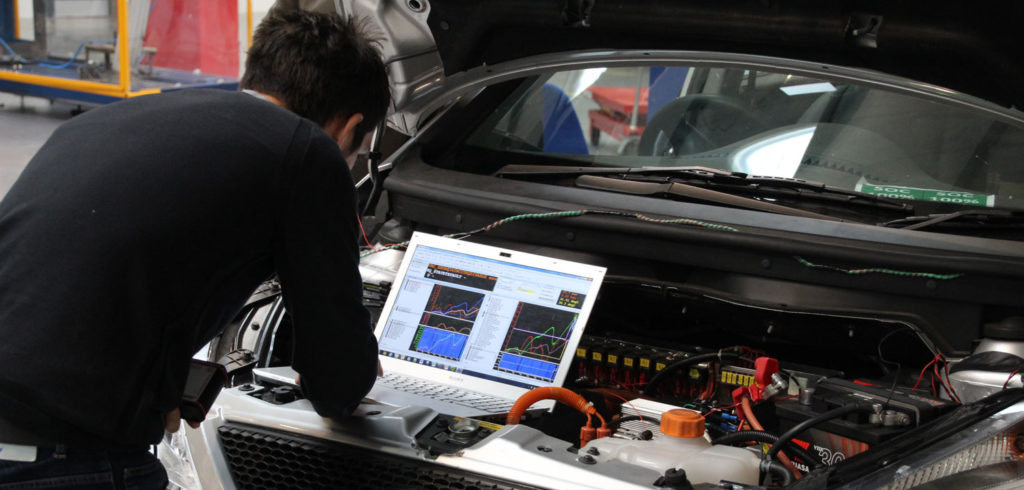A novel simulation and analysis tool promises to enhance the design of electric vehicle powertrains, significantly improving cost, performance and packaging.
Developed by driveline engineering consultancy Drive System Design (DSD), the tool enables the multi-disciplinary analysis of the system as a whole, evaluating the sub-system trade-offs to deliver an optimum solution.
“You can use the best inverter, motor and transmission available on the market, but if they don’t work well together the solution won’t be the best it could,” said Dr Michael Bryant, principal engineer, Drive System Design.
“To optimize an electric powertrain you must consider the system as a whole. Our tool enables us to accurately analyze thousands of potential concepts in just a few hours, which importantly aren’t affected by personal preferences. It significantly reduces the time and cost in developing and evaluating concepts and ultimately leads to a better solution.”
For example, the use of a downsized motor with higher rotor speed and reduced mass has a direct impact on the other components. The inverter will require a higher switching frequency to handle the speed increase, which may in turn reduce efficiency and could potentially add cost.
The lower torque from the motor will necessitate a higher ratio in the transmission, increasing mass and reducing efficiency. DSD’s tool will analyze these trade-offs to determine if the motor choice benefits the system and the vehicle.
The process was developed in-house and has been validated against measured test data to ensure correlation with physical systems. By considering the vehicle manufacturer’s targets, such as the performance required and typical user drive cycles, the design direction of an electrified powertrain can be efficiently decided.
“Traditionally, electrified powertrain sub-systems, such as the motors and inverters, have been considered and designed individually, often by different companies, in different countries, using different pieces of software,” continued Dr Bryant.
“We believe the use of our tool will result in optimized powertrains, reducing size, weight and cost, and increasing efficiency compared to traditional methods. Ultimately the optimization potential of such a system will ensure that the battery, a key component for cost and weight, can also be minimized.”


